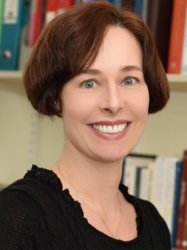BibTex format
@article{Shashi:2014:10.1038/gim.2013.99,
author = {Shashi, V and McConkie-Rosell, A and Rosell, B and Schoch, K and Vellore, K and McDonald, M and Jiang, Y-H and Xie, P and Need, A and Goldstein, DB},
doi = {10.1038/gim.2013.99},
journal = {Genet Med},
pages = {176--182},
title = {The utility of the traditional medical genetics diagnostic evaluation in the context of next-generation sequencing for undiagnosed genetic disorders.},
url = {http://dx.doi.org/10.1038/gim.2013.99},
volume = {16},
year = {2014}
}

